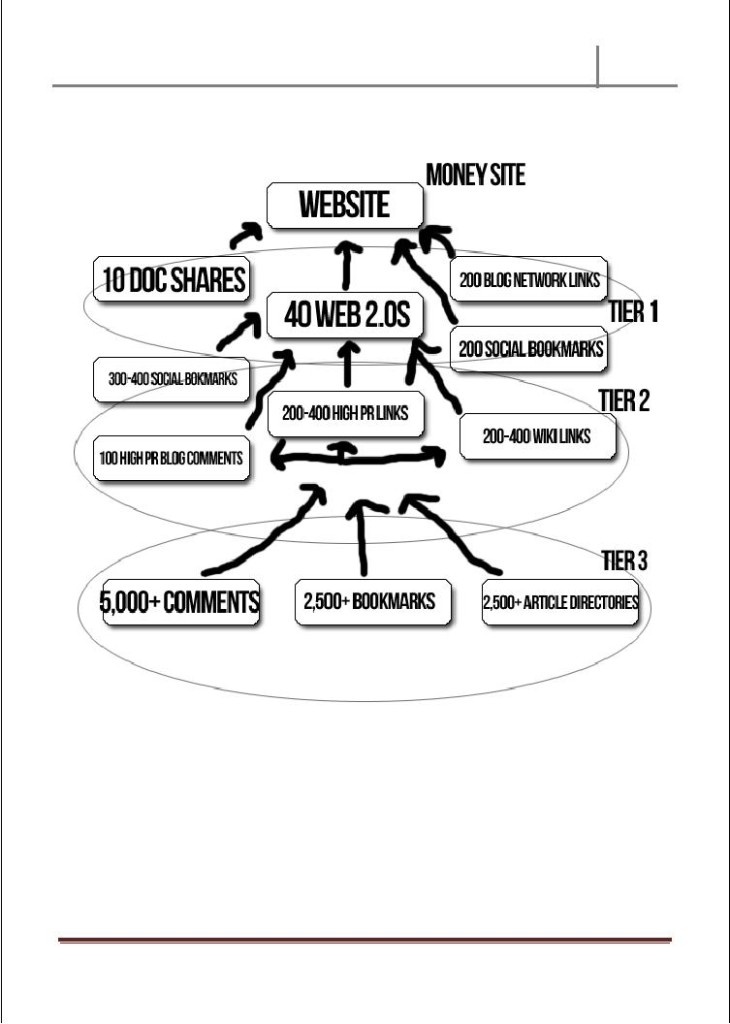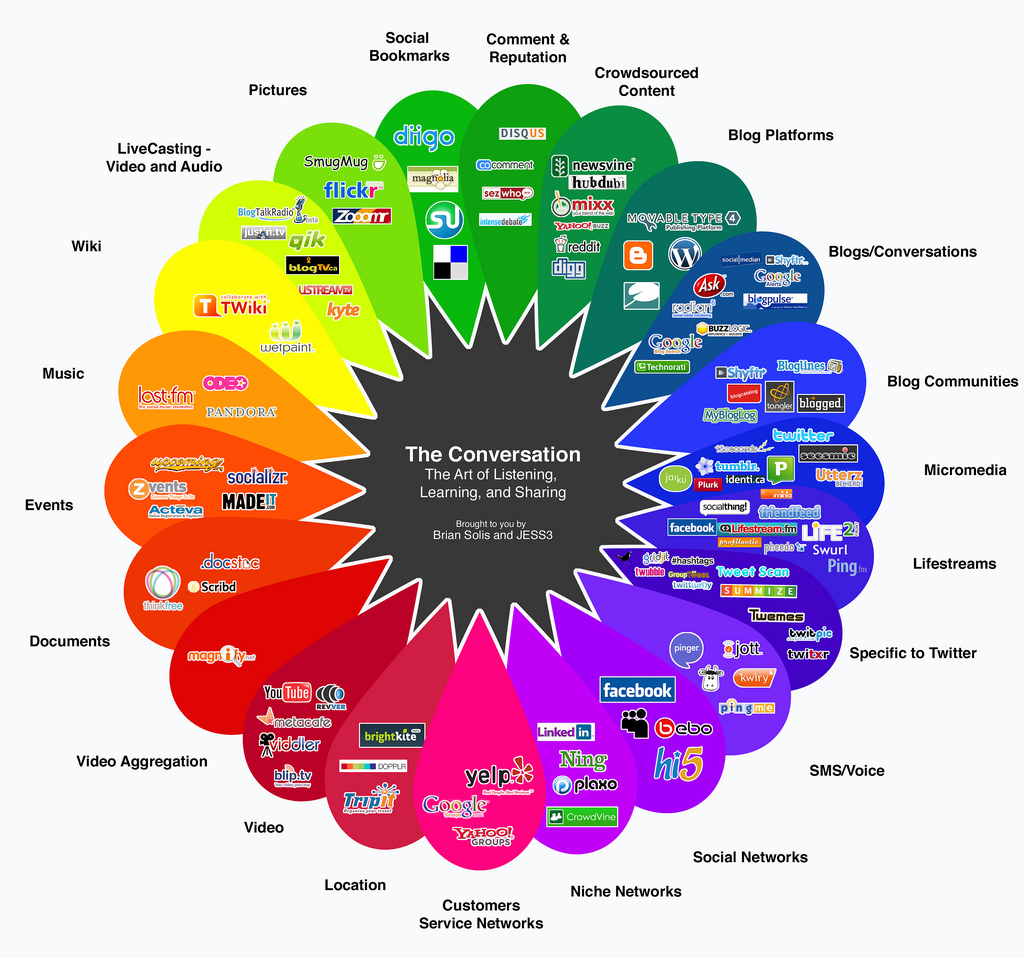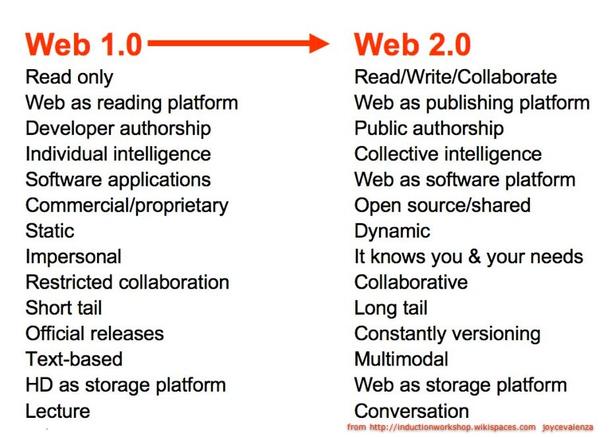

2015-02-08 12:00:00 AM | 9643 ![]() Print
Print ![]() PDF
PDF
Do you know what a backlink is? Do you know how to build quality high pagerank incoming backlinks to your website to improve your search engine ranking positions?
A backlink is defined as a live URL that points back to your website from another related website. The practice of building quality incoming backlinks to a website, blog, article, press release, social profiles, local directory websites, videos, or any other web property; all help with increasing a websites organic search engine rankings within major search engine ranking pages (SERP). In order to properly build high quality incoming backlinks to a website or web property, you should first understand the different types of incoming backlinks and how to use them in your campaigns.

These are links that are majorly linked web structure found on your website a good example will be your sitemap; it shows the links found on your site that are your web properties, most inbound back links are anchor text eg the ANCHOR TEXT Home is a link to your url home page, and so on and so forth. This allows search engines to crawl your website as major search engines discover new sites and content via anchor links on established web properties, websites, and web services.
These are links that are found on your site that point to web properties outside your URL, and they can take any form of links, as an anchor text or image. They are also called out going backlinks, as they are links that reference other web properties as part of your site or incoming backlinks when a website links to you naturally.
when you insert such links, either inbound links or outbound links they are done with two call ups which are done from your web property code, either with a dofollow backlinks or a nofollow backlinks which are like this [a href=url]what are links[/a] (example of dofollow outbound backlink) and [a href=url rel=nofollow]what are links[/a] ( example of nofollow outbound backlink).
The difference in this call ups is that dofollow links allows search engines to easily index the website that links to that url, and the benefit of this is that it passes the page link juice to the links that are found on the website. It tells the search engines that the website linked (outgoing link) is relevant to the website and should be treated as part of its web property. While nofollow links are vice versa and are easily detected with a [rel="nofollow"] attribute in the hyperlink.
This is why most post on quality incoming backlink building always stress on the fact that the links you build from other sites should be relevant to your own site, because if a site on health and fitness is linked to a site on tour and travel, it will raise flags to search engines as a spammy backlink. This will equally affect your ranking positions on search engines, so as one of the best practice in building quality high page rank incoming back links to your website, getting links from relevant sites plays a major front role.
So in truth you can say, the more incoming backlinks you get increases the times you get indexed by the search engines which in turn helps you to rank better, but also this can affect you negatively if you do not provide fresh content by adding new pages for the search engine spiders to indexed on your site. It may not improve your ranking or your rankings may drop, this are the two possibilities you will face, when your sites gets indexed more often via incoming backlinks...but you also need to be wary about the quality of the types of links you build back to your website.
Now that we are now clear on the two main categories of backlinks, I did like to further explain the types of back linking.
One way backlinks- they are backlinks built from another site to your site as a refrencing, and are best accepted as a upvote when indexed by search engine spiders. These types of links are used for directing search engine crawlers “one way” to follow these links back to your website, blog, social profile, media release or press release, videos, web 2.0 properties, do follow social bookmarking profiles, local directories, established web directories, and / or any other web property.
Reciprocal backlinks- this type of backlinking is the act of exchanging links between different websites and web properties. The phrase, “I’ll scratch your back, if you scratch mine” theory should help with explaining what a reciprocal back link is. This method is not as popular with search engines as it is now becoming old school, which is becoming unlikeable to search engines, because they see this as artificially boosting the page authority.

Before we commence into this HOWTO I did like to make a simple explanation on what pagerank is. It is a number value calculated from the number of quality backlinks you get from other sites that are relevant to your niche and are linking to your website, which in turns helps determine the relevancy of your site for a particular niche(s) keyword(s) on search engine ranking factors. The idea was created by Larry Page (Google’s co-founder), is use as one of Google’s ranking algorithms, and occasionally refers to PageRank as "PR".
Not all links are counted by Google. For instance, they filter out links from known link farms. Some links can cause a site to be penalized by Google. They rightly figure that webmasters cannot control which sites link to their sites, but they can control which sites they link out to. For this reason, links into a site cannot harm the site, but links from a site can be harmful if they link to penalized sites. So be careful which sites you link to.
When it comes to link building, there are only so many channels to consider. Within these said channels are numerous types of websites, web properties, and web services that can be used for building a diversified and high PageRank backlink profile for your website.
Listed below are the following best ways that most website owners use to increase their search engine rankings for their targeted keywords while driving traffic to their websites and web properties.
This method of link building is one variation of content marketing. This is where you write an article with article backlinks that are related to your industry, which will then be used for submission to a handful of established article directories. NOTE- Be careful when submitting articles and content to these article directory websites, there are a large number of flagged article directory sites that would only end up hurting your link building portfolio. Submitting articles to flagged article websites along with submitting one piece of content all over the web will ultimately hurt your search engine rankings for the keywords you are working on along with your website possibly being flagged or de-listed from SERPS.
Create your own off site blogs, forum profiles, and blogging profiles on popular blogging websites to add and integrate your new content, videos, and social following all to increase the amount of blog backlinks to your web properties. On top of being able to create your own blog back links, blog profiles, and forum profiles, you will also be able to search other blogs and leave comments with blog comment backlinks on these platforms. This further allows you to build additional and diversified inbound back links to your web properties. Another popular form of building blog back links from established blogs is by searching down and contacting established blog owners and website owners that are willing to accept guest blog posts.
How can we begin explaining a web 2.0 website without first clarifying what web 1.0 website was?

These types of sites are similar to blogging sites and blogging platforms. A couple of examples of these types of sites to build back links on and even generate a little money from while doing so are as follows – Squidoo.com , HubPages.com, Weebly.com, Wetpaint.com . Be advised that Squidoo and HubPages only accept original and unique content to their sites. Meaning you can only upload the articles you plan to use on these sites for these sites alone.
Another tip for building contextual backlinks with these types of sites is that you can only link to your actual website one time. Be advised that you should use the sites to build links to you outbound or off site blogs, social media profiles, Web 3.0 websites (vice versa), press and media about your company, videos, local directory listings, and any other web property that fits into your link building campaigns.
This form of building link popularity for a web property is a very powerful link building strategy for authority anchor links and for high quality link building wikipedia. The way this link building channel works is as follows- you write a press release, announcement, or news story/opinion in a third person perspective, while keeping in mind that this type of content will be reviewed for approval by mainstream media channels and media outlets. This form of writing is a little more technical than a simple article and should be written by a professional press release writing company for maximum effectiveness of this particular link-building channel.
After writing your press release, you will need to use a quality and professional press release distribution service to syndicate your press release to a large number of news websites, TV station websites, local newspaper websites, popular blogs, and a number of other mainstream web properties. This allows for a wide array of authority backlinks pointing back to your website, blogs, social profiles, and the press release itself.
Social Link Building and Social Signals/ Social Citations
By creating new accounts on popular social media networks, you can usually end up with a social profile backlink on your social profile pages. Moreover, utilizing social media sites to further share and syndicate your content, news, videos, websites, web properties, and related industry info all help with diversifying your backlink profile. Furthermore, you will be leveraging the social factor from these popular social media networks that search engine crawlers and algorithms seem to be paying particular attention to these days. Social signals and social citations tagged to your web properties, content, and links all help with increasing your page rank, SERPs, and website traffic according to new SEO industry guidelines.
Video Creation and Video Submissions for Your Link Building Network
By creating and submitting your own videos to video website directories and video search engine websites like Youtube, Metacafe, you can also further diversify your back link profile and inbound links portfolio. Creating a complete profile on these video directories, on top of submitting videos that are properly tagged with related keywords and backlinks, will all help with driving search engine crawlers and live traffic to your websites, blogs, social profiles, and other web properties that you link to.
Every website owner’s link building techniques will vary as each website and business is unique to its own market, vertical, location, and varying competition. The sooner you get started with your diversified backlink profile the better. As these days, it takes time for search engine crawlers to crawl websites and update their index for new search engine keyword placements and new keyword rankings.
Conclusion
Most article networks and volume link builders (comments and forum profiles) post across the net on sites they do not own. These links are usually on pages with PageRank NA or PageRank0, meaning you need thousands (or millions) of those types of links to equal just one PageRank5 home page link. Imagine what looks more natural to Google, a million links or just one good one? Well, what if you had 10, 20 or 30 good ones? you most likely will hit search engine ranking page one! For that keyword.

I am a seo web analyst and have a love for anything online marketing. Have been able to perform researches using the built up internet marketing tool; seo web analyst as a case study and will be using the web marketing tool (platform).
How To Fix Cloudflare Error 522 Connection Timed Out
How To Optimize Cache Performance via HTACCESS Apache Server
How To Fix GA4 Showing Wrong Domain Traffic
How To Reactivate Google Adsense Account
How Do You Write Pitch Deck That Wins Investors
Effective Lead Magnet Funnel Examples For Businesses
How To Promote FMCG Products Using Digital Marketing
The Main Objectives Of SEO in Digital Marketing
How Artificial Intelligence Is Transforming Digital Marketing
Google CEO Sundar Pichai: Search will profoundly change in 2025